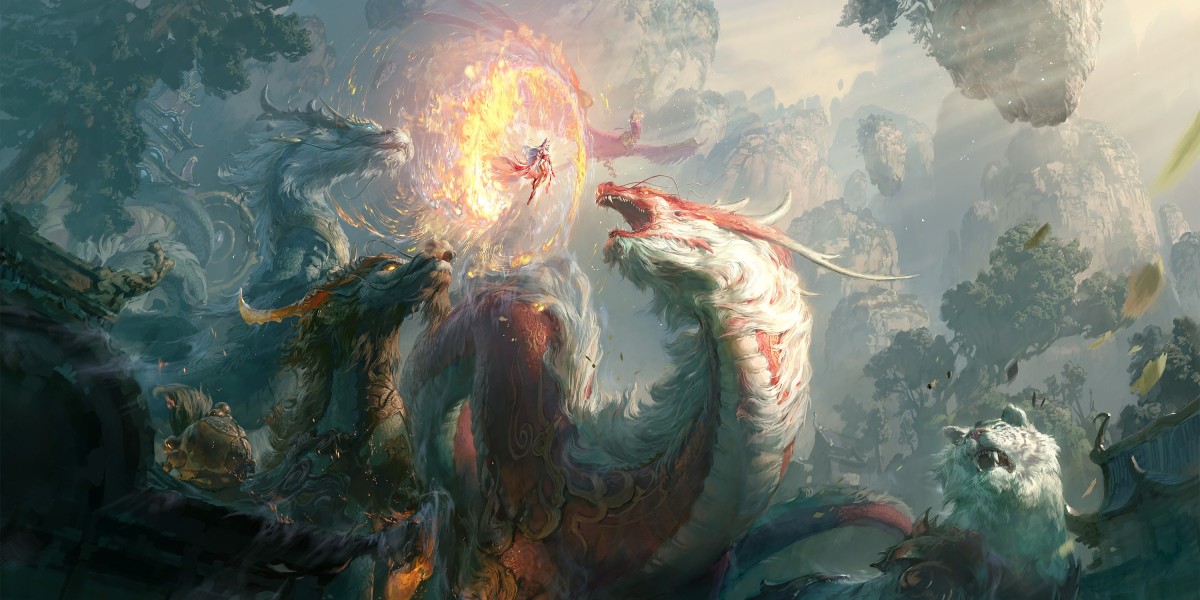In the ever-evolving landscape of manufacturing, visual inspection AI stands out as a transformative technology. This innovative approach leverages artificial intelligence to enhance quality control processes, ensuring that products meet stringent standards. But what exactly does this mean for the future of manufacturing?

Understanding Visual Inspection AI
Visual inspection AI refers to the use of machine learning algorithms and computer vision technologies to automate the inspection of products. By analyzing images captured during the manufacturing process, these systems can detect defects, measure dimensions, and assess overall quality with remarkable precision. This technology not only reduces the likelihood of human error but also accelerates the inspection process, allowing manufacturers to maintain high throughput.
Benefits of Implementing Visual Inspection AI
- Increased Accuracy: AI systems can identify defects that may be missed by the human eye, leading to higher quality products.
- Cost Efficiency: By automating inspections, companies can reduce labor costs and minimize waste associated with defective products.
- Scalability: Visual inspection AI can easily adapt to different production lines and product types, making it a versatile solution.
- Real-Time Feedback: These systems provide immediate insights, allowing for quick adjustments in the manufacturing process.
How Visual Inspection AI Works
The operation of visual inspection AI involves several key steps. Initially, high-resolution images of products are captured using cameras strategically placed along the production line. These images are then processed using advanced algorithms that analyze various features, such as color, shape, and texture. If a defect is detected, the system can either alert operators or automatically remove the defective item from the production line.
Moreover, the more data these systems process, the better they become at identifying anomalies. This continuous learning process enhances the system's accuracy over time, making it an invaluable asset for manufacturers.
Challenges and Considerations
While the benefits of visual inspection AI are substantial, there are challenges to consider. For instance, the initial investment in technology and training can be significant. Additionally, integrating AI systems with existing manufacturing processes may require careful planning and execution. However, the long-term gains often outweigh these initial hurdles.
The Future of Visual Inspection AI in Manufacturing
Looking ahead, the role of visual inspection AI in manufacturing is poised to expand. As technology continues to advance, we can expect even greater accuracy and efficiency. Furthermore, the integration of AI with other technologies, such as the Internet of Things (IoT), will create more interconnected and intelligent manufacturing environments.
In conclusion, visual inspection AI is not just a trend; it is a fundamental shift in how quality control is approached in manufacturing. By embracing this technology, companies can enhance their operational efficiency, reduce costs, and ultimately deliver superior products to their customers. As we move forward, the potential for innovation in this field is limitless.



